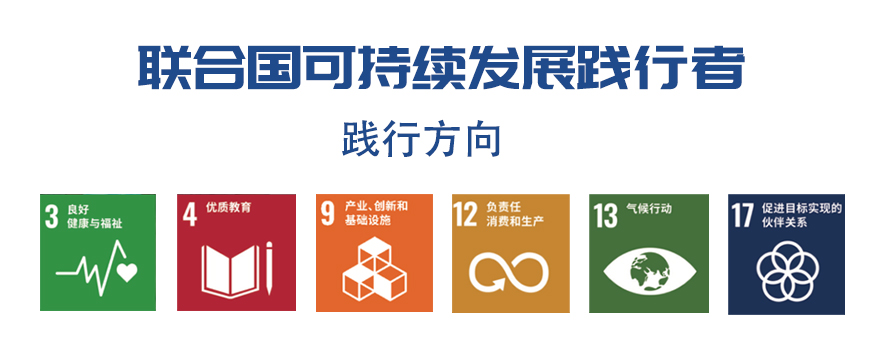The first wave is healing, and the second wave is coming again!
- Home
- Corporate News

recent
The proportion of southern influenza B continues to rise
Needs close attention
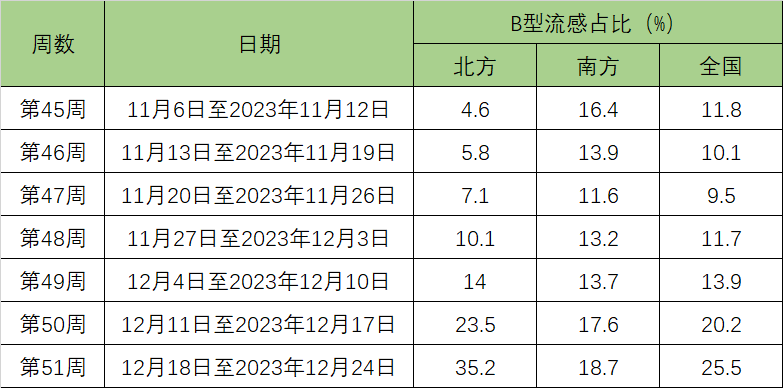
So, what is second rate?
What is the difference between H1N1 and H1N1?
How can we prevent COVID-19?
Let's take a look together!
1.What is second rate?
Influenza is an acute respiratory infectious disease caused by influenza virus. Influenza viruses can be divided into three types: A, B, and C. Influenza B (hereinafter referred to as influenza B) is a influenza caused by influenza B (B) virus.
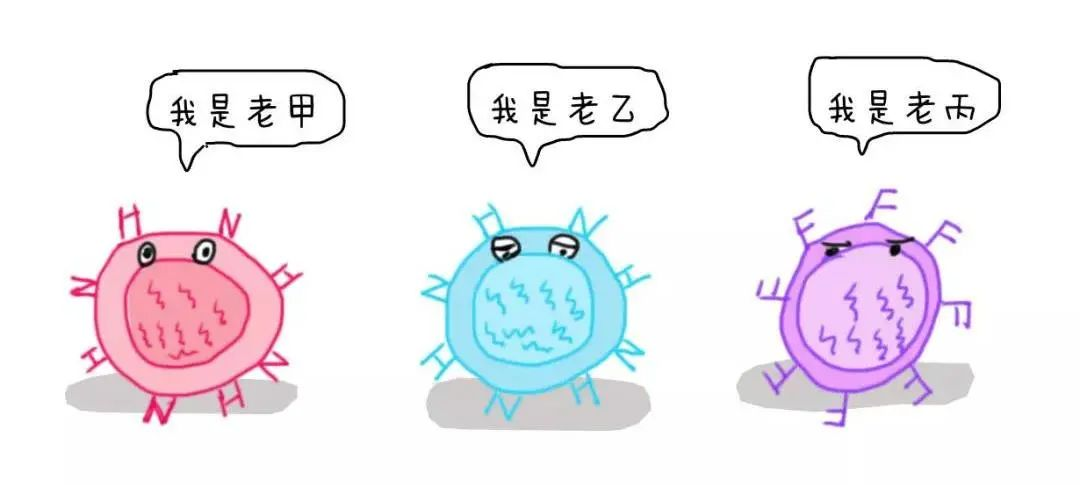
2.What are the symptoms of children suffering from COVID-19?
The incubation period of COVID-19 is usually 1-4 days. Children infected with COVID-19 often experience sudden onset of illness, often with fever (body temperature can reach 39 ℃ -40 ℃), headache, muscle soreness throughout the body, general weakness, decreased appetite, and other systemic symptoms, accompanied by respiratory symptoms such as cough, sputum, nasal congestion, runny nose, and sore throat. Gastrointestinal symptoms such as nausea, vomiting, abdominal pain, and diarrhea are more pronounced than H1N1 flu.
Children who suffer from the disease are mainly concentrated in the school-age stage, mostly clustered infections. Children in the younger age group are mainly infected by other family members due to limited activity areas.
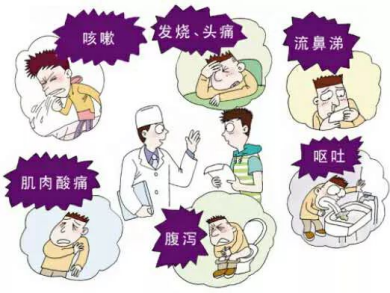
3.What is the difference between second tier and first tier influenza?
Both H1N1 and H1N1 have similar infectivity, but influenza A is more likely to lead to more severe outbreaks due to its genetic variation ability. Timely vaccination against influenza is important for preventing both types of influenza.
There is not much difference in symptoms between H1N1 and H1N1, and it is difficult to distinguish based on clinical manifestations. It is still necessary to cooperate with tests for diagnosis.
Hepatitis B is caused by a virus, and antibiotics such as penicillin and cephalosporin are drugs that target bacteria and are not effective against it. Therefore, it is not recommended to use antibiotics without authorization when you have a fever.
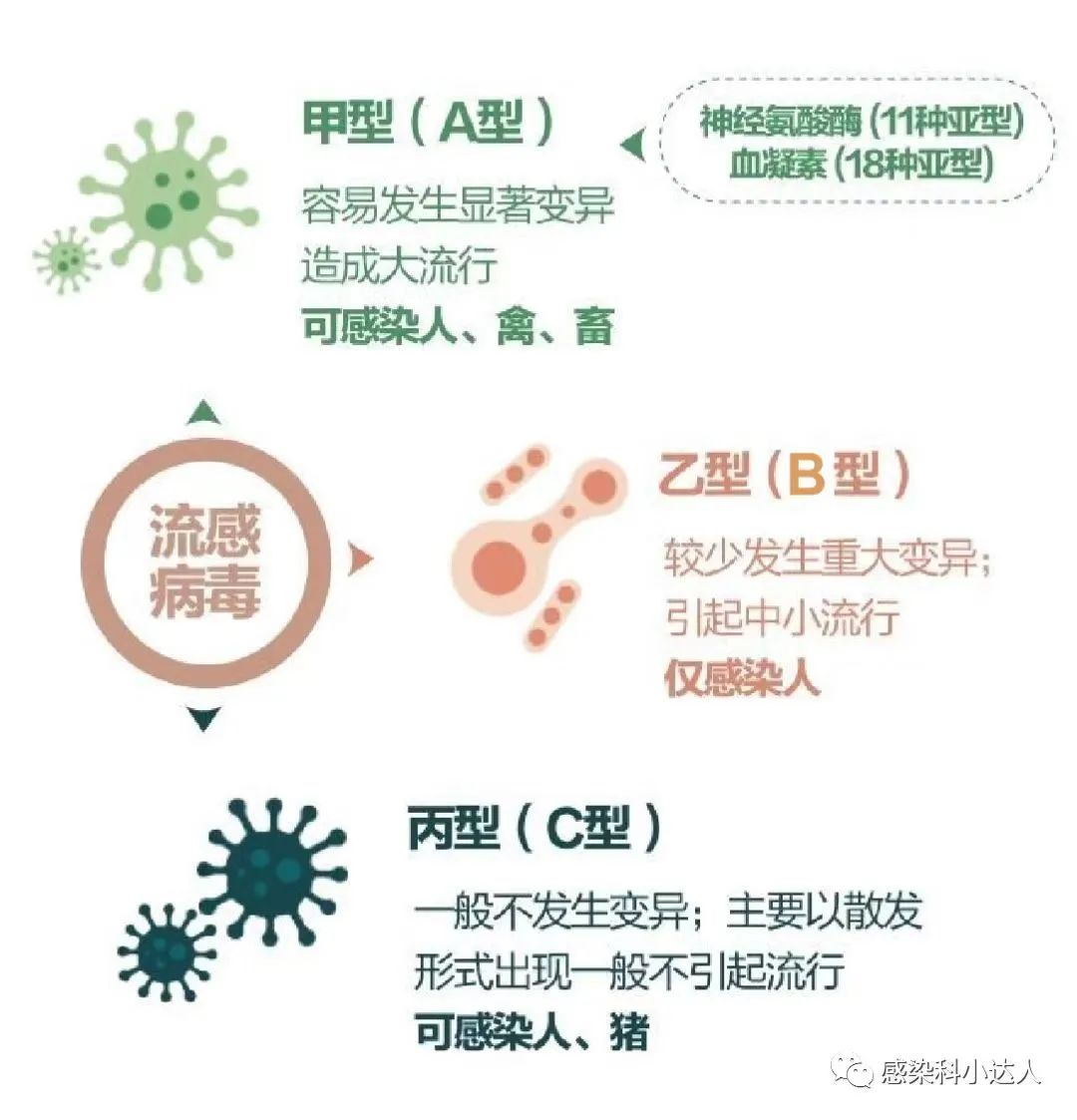
4.Will having either H1N1 or H1N1 cause repeated infections?
H1N1 and H1N1 are two different subtypes of influenza and do not have a cross immune mechanism. After being infected with influenza A or B, if the patient's physical condition is relatively weak, there is still a chance of contracting another subtype of influenza virus. The influenza vaccine can prevent both H1N1 and H1N1 influenza at the same time, and people who have been vaccinated have a lower chance of contracting H1N1 and H1N1 influenza one after another.
Generally speaking, the likelihood of contracting the same subtype of influenza virus within a year is very low. However, due to the susceptibility of the influenza A virus to mutation, individuals who have not been vaccinated may be at risk of re infection with other subtypes of the virus.
Due to the limited variation of influenza B virus, its transmission range is relatively small, and the probability of re infection with influenza B within a year is also low.

5.When will you return to school after being infected with influenza?
The course of upper respiratory tract infection caused by influenza is about a week, and after one week, the number of viruses will significantly decrease. At this time, antigen or nucleic acid testing is basically negative, which also means that the infectivity of the virus is greatly reduced. It is better to return to school at this time.
It is not recommended to take medication to prevent influenza, but rather to focus on physical self-defense and wear a mask in a confined space. Schools should remind all classes to ventilate and do a good job of disinfection and sterilization.

6.How to increase a child's immunity in daily life besides getting vaccinated?
Vaccination is an important means of preventing influenza in children. It is generally recommended that the optimal vaccination period is two to three months before the peak of influenza. Even after the optimal vaccination period, vaccination should be administered, which significantly extends the protection period.
Regular ventilation in schools and residences, reducing visits to densely populated areas, and wearing masks in public places as much as possible can help reduce the risk of viral infections.

24-hour sales consultation hotline and email:
Mr.Leo Song: 13410085258
Email: leo.song@lyttop.com
